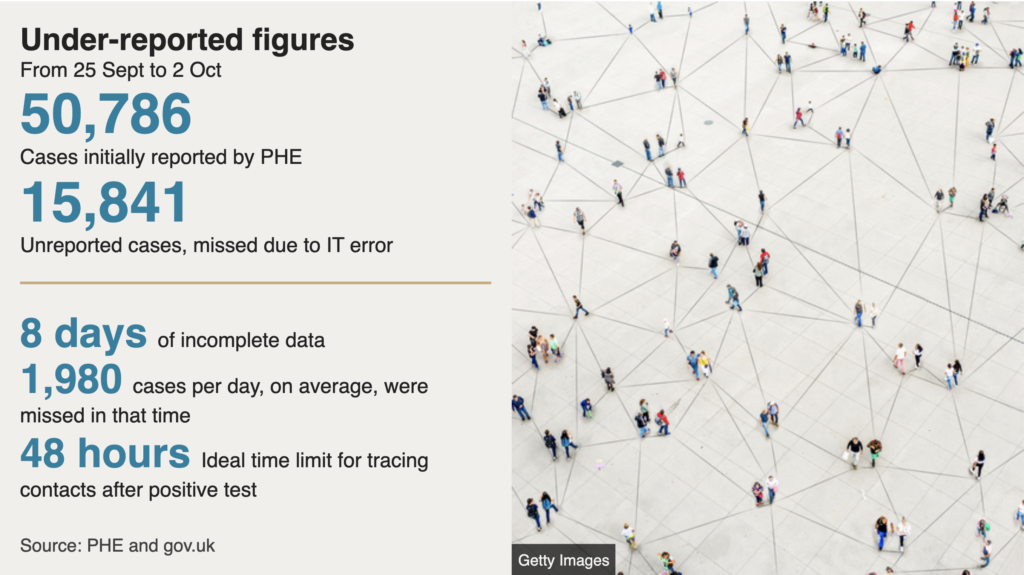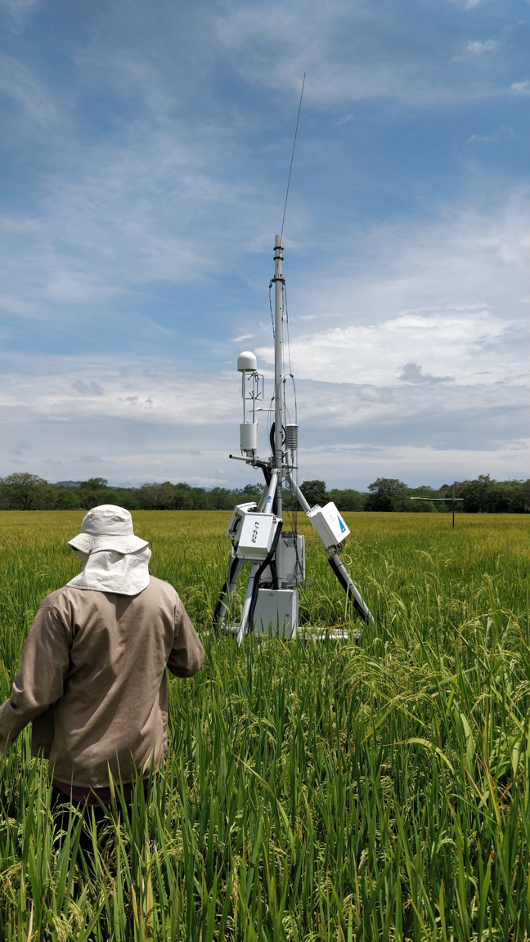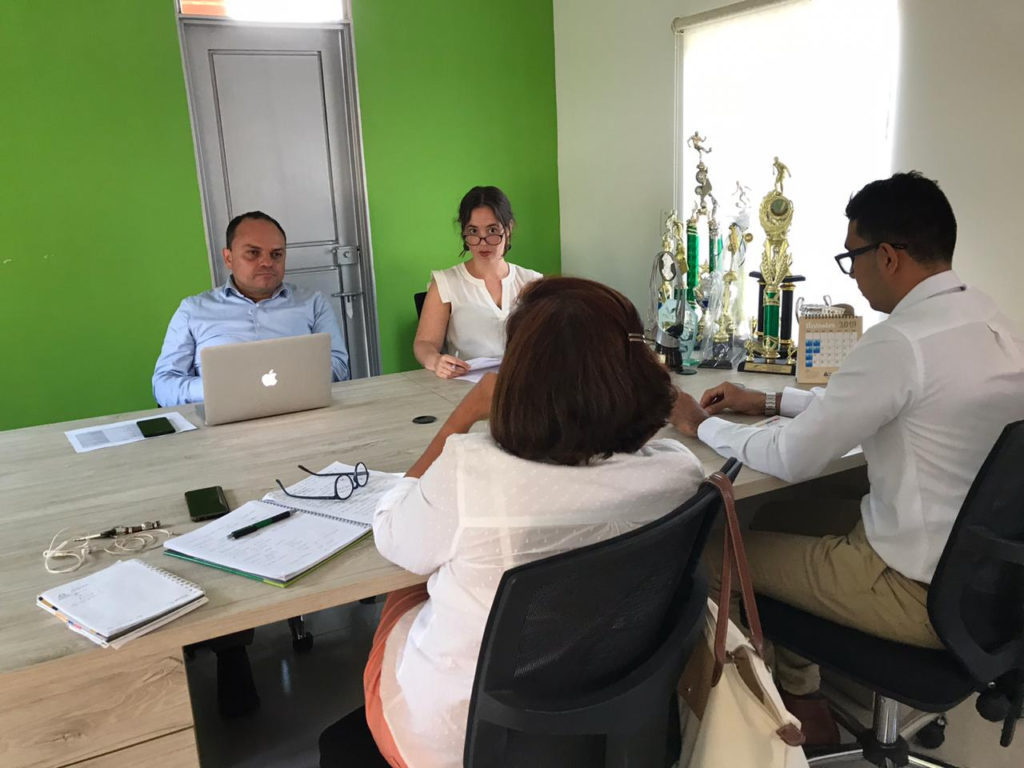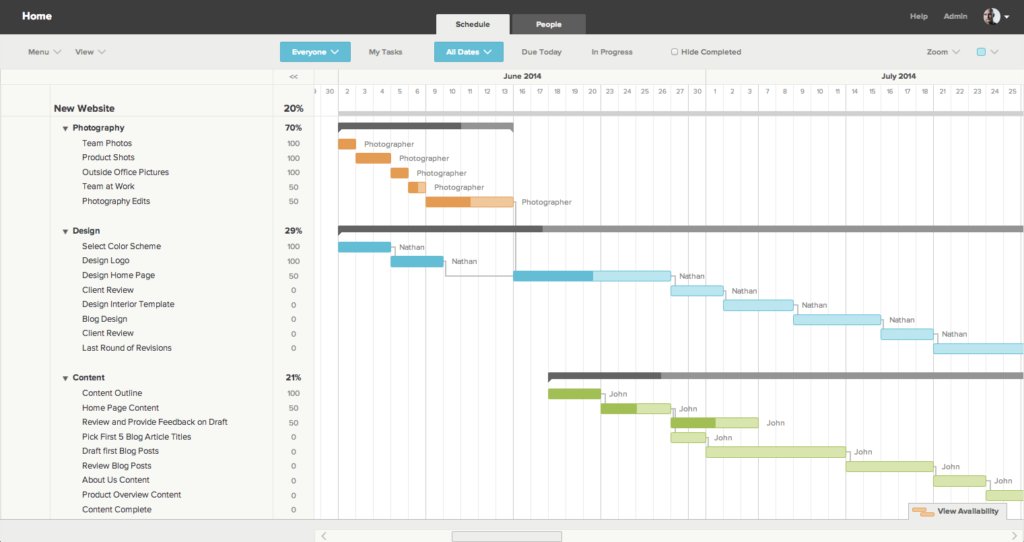By Nicolás González, Business Development Manager
The world is changing. Every day we see how new technologies are being developed and many of us may have come to dread the idea of being displaced by a machine. But that is not the way of things. Technology is meant to make our lives easier, and we believe that the coexistence between traditional methods and newly developed ones is possible, if not meant to be.
In recent years, agricultural data analytics has become one of the top edge tendencies in terms of sustainable development globally. This means that there is a lot of research and a lot of projects currently trying to understand agricultural dynamics and how to use information in order to optimize processes and achieve sustainable objectives.
Although this is a very beautiful statement, the reality growers are facing on a daily basis, and how this information is to be gathered, processed and used, represents a huge challenge not only for farmers but for the whole agricultural value-chain.

Agriculture in LMIC countries still relies on manual labor. The culture of innovation, technology, insurance, good financial practices and data analytics is still in a juvenile stage.
Nevertheless, governments and private capital are incentivizing fast growth through technology and new services are becoming more common every day.
Innovation and Market Growth
For us as an agro data analytics company, innovation is the only way to break through such barriers and use our knowledge to evolve the growing market. This is our main drive, our oxygen and our compass. As Harvard Business Review’s article: Breaking down the barriers to innovation states:
To us, innovation doesn’t mean mere inventiveness. In our work we define it as: something different that creates value.
As we work with agricultural big-data, we face the challenge of gathering, processing and delivering useful information in the context of market needs and opportunities. By doing this, we look to make our EcoProMIS platform a value generator for growers, governments, and financial and insurance institutions.
Analytics for Decision Support
In order to capture what really drives the agricultural market in terms of financial services, risk management and productivity optimization, our innovation process aims to understand the market and develop tailored solutions that make the decision-making process more efficient, thus giving business intelligence the recognition and merit it deserves for the immense toolkit it provides us with.
We believe that by bringing sustainable agriculture into the digital era, better conditions for growers may be achieved. We believe that when real value is generated it can also be garnered.
We believe that corporate institutions can see a benefit as well, using high quality information and business intelligence, improving their margins, creating new delivery methods, enhancing R&D and, finally, increasing sales.

With the richness of precise, accurate and relevant information, we enable an increase to the market size of agro insurance and provide the much-needed agronomic crop management data necessary for a new and creative product development ecosystem.
The world is changing. And so are we. Breaking through the barriers of convention, we have come to innovate and leave the world in better shape than how we found it. We believe that a new era for sustainable agriculture and analytics has come at last.





